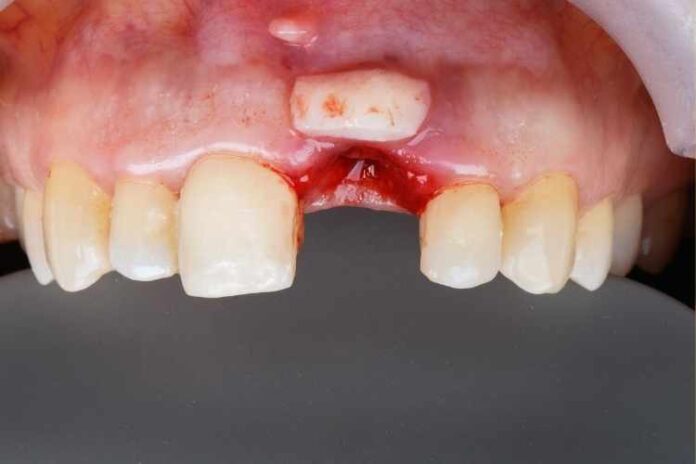In this blog we are going to tell you about Gum Grafting, so read this blog carefully to get the complete information.
Receding gums are a frequent tooth-related disease. If your gums are receding, you will notice that they are receding away from your teeth. As a result, more dental surfaces are exposed than is typical.
Receding gums are a source of anxiety for many people. It has a negative impact on the attractiveness of a grin and, by implication, a person’s self-esteem. Gum recession not only causes cosmetic issues, but it can also have an influence on your dental health. Receding gums can harm your oral tissue in a variety of ways, including tooth loss and cavities.
What Are Receding Gums?
Gum recession is a slow-developing dental disease. Gum recession, a kind of periodontal disease, affects one out of every four persons. The illness affects the gums, causing them to gradually recede upwards. Because receding gums proceed slowly, many patients are unaware of their condition.
However, side symptoms like as dental sensitivity might assist patients in detecting the problem early on. Similarly, patients may feel their teeth appear unusually lengthy in the cosmetic element of their smile.
Receding gums are no laughing matter; they can lead to tooth loss and infections. However, far too many individuals wait until it’s too late to seek treatment, especially if they don’t visit us on a regular basis for periodic check-ups and cleanings. When you see the dentist every six months, as suggested, they may easily detect receding gums and offer either a deep cleaning, drugs, or better practises to prevent the condition from worsening. However, if you do not do this, you must rely on your own judgement to determine whether or not your gums are receding.
What exactly is gum grafting?
Receding gums can affect the visual attractiveness of your teeth, making them appear longer and “aged,” as well as their overall health. When the gumline recedes, the exposed tooth roots lose the necessary protection and may become sensitive. They are also more vulnerable to harm, such as dental decay and mechanical abrasion from toothbrushing.
Gum grafts are frequently used to heal periodontal (gum) disease-induced gum recession. However, receding gums can be caused by a variety of additional causes, including a misaligned bite, heredity, harsh home care procedures, oral piercings, and tooth grinding (bruxism). A visit with periodontists can help you determine if your smile would benefit from a soft tissue graft.
Gum grafting includes carefully removing a tiny portion of existing tissue and replacing it with new tissue, which is frequently performed to prevent future gum recession or to cover exposed root surfaces of teeth. Tissue from a number of origins can be used for this surgery, but it is commonly removed from the palate (roof of the mouth) after it has been numbed for your comfort. It is gently sutured (sewn) at the required location using suturing material finer than human hair.
Your body’s natural healing process takes control after the grafting surgery. New blood vessels develop into the graft at this time, assisting it in integrating with the surrounding tissue. A good graft can lessen or eliminate tooth discomfort and additional gum recession, in addition to enhancing aesthetics.
The technique is quite simple and quick. Depending on your dental health, a periodontist may recommend additional treatment choices or surgery. You can lessen the likelihood of serious health effects by treating it early.
When is a gum graft recommended?
If the roots of your teeth are exposed due to receding gums, it is strongly advised that you undergo gum grafting surgery under the supervision of a periodontist. The space produced by receding gums between the gums and the tooth offers a perfect breeding place for germs. When bacteria accumulation hardens into plaque and tartar, one is vulnerable to infections, dental decay, and severe gum disease, which can result in bone and tissue loss and even tooth loss.
Unlike a receding hairline, a receding gum line is not always noticeable to the naked eye. As a result, even if one does not perceive any changes in their gums, frequent dental check-ups are required to prevent irreversible damage and tooth loss.
The gums play an important function in keeping our teeth in place and in maintaining our overall oral hygiene. It is also critical that we have frequent checks to avoid negative health repercussions and, if required, undergo surgery.
RELATED – Difference between Pediasure and Ensure – Know in Detail
Conclusion
We Hope this blog is sufficient enough to provide the information about Gum Grafting. Thanks for reading this blog.


